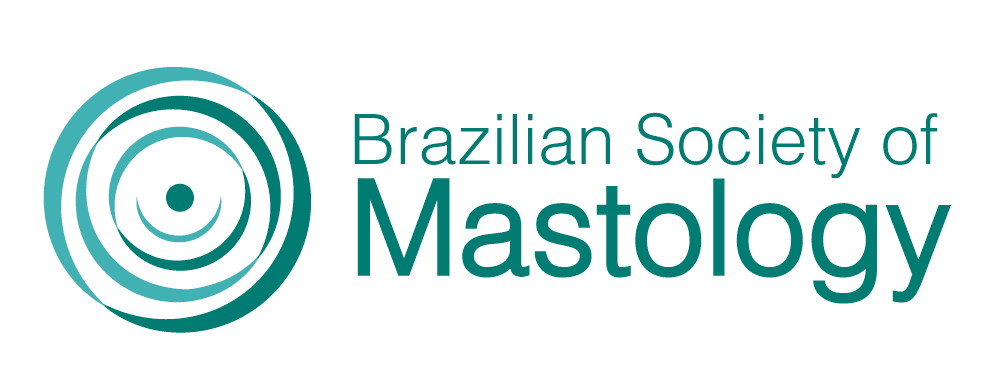RELATIONSHIP BETWEEN THE AGE RANGE OF MAMMOGRAPHY AND THE BI-RADS CLASSIFICATION FOUND IN PATIENTS WITHOUT RISK FOR NEOPLASIA
Palavras-chave:
Mammography, Clinical Protocols, Primary PreventionResumo
Objective: The aim of this study was to analyze a relationship between the age range of mammography and BI-RADS, in patients without a high risk for neoplasia. Methodology: This is an epidemiological, cross-sectional, and retrospective study, based on the data from the Breast Cancer Information System, with the variables as follows: period, from January 2009 to July 2015; age group, from 30 to above 70 years old, distributed in groups of 10 years; BI-RADS category, from 0 to 6; high risk, not high risk. The collected data by using the chi-square test, with a significance level of 0.05. Results: A total of 4,419,869 cases were observed. The age group that most performed the examination was 40–49 years old, representing 40.2% (n=1,777,924), followed by the age group 50–59 years old, with 29.5% (n=1,305,317). The age group that did the least was above 70 years, with 5.9% (n=257,338). Among the BI-RADS classification, it can be noted that categories 1 and 2 were the most prevalent, with 45.8 and 40.3%, respectively. There was a significant difference (p<0.05) in the incidence rates of all BI-RADS classification between the age groups: 30–39, 60–69, and above 70 years. The age groups of 40–49 and 50–59 years did not show a significant difference (p>0.005) in any of the BI-RADS classifications. Conclusion: It was observed in this research that there is no significant difference between the BI-RADS of mammograms performed in patients aged 50–59 and 40–49 years. In this context, the need for further investigation into the effectiveness of public health policy in effect is highlighted, where the likely increase in public costs with a greater number of mammograms does not equate to costly cancer treatment.
Downloads
Downloads
Publicado
Como Citar
Edição
Seção
Licença
Copyright (c) 2021 Amanda Cristina de Souza Vieira, Bianca Borges Martins, Matheus Nascimento Duarte, Thiago de Moura Arruda, Wglaison Paulo Araújo Sobral, Fabiana Cândida de Queiroz Santos Anjos, Priscila Ferreira Barbosa

Este trabalho está licenciado sob uma licença Creative Commons Attribution 4.0 International License.







